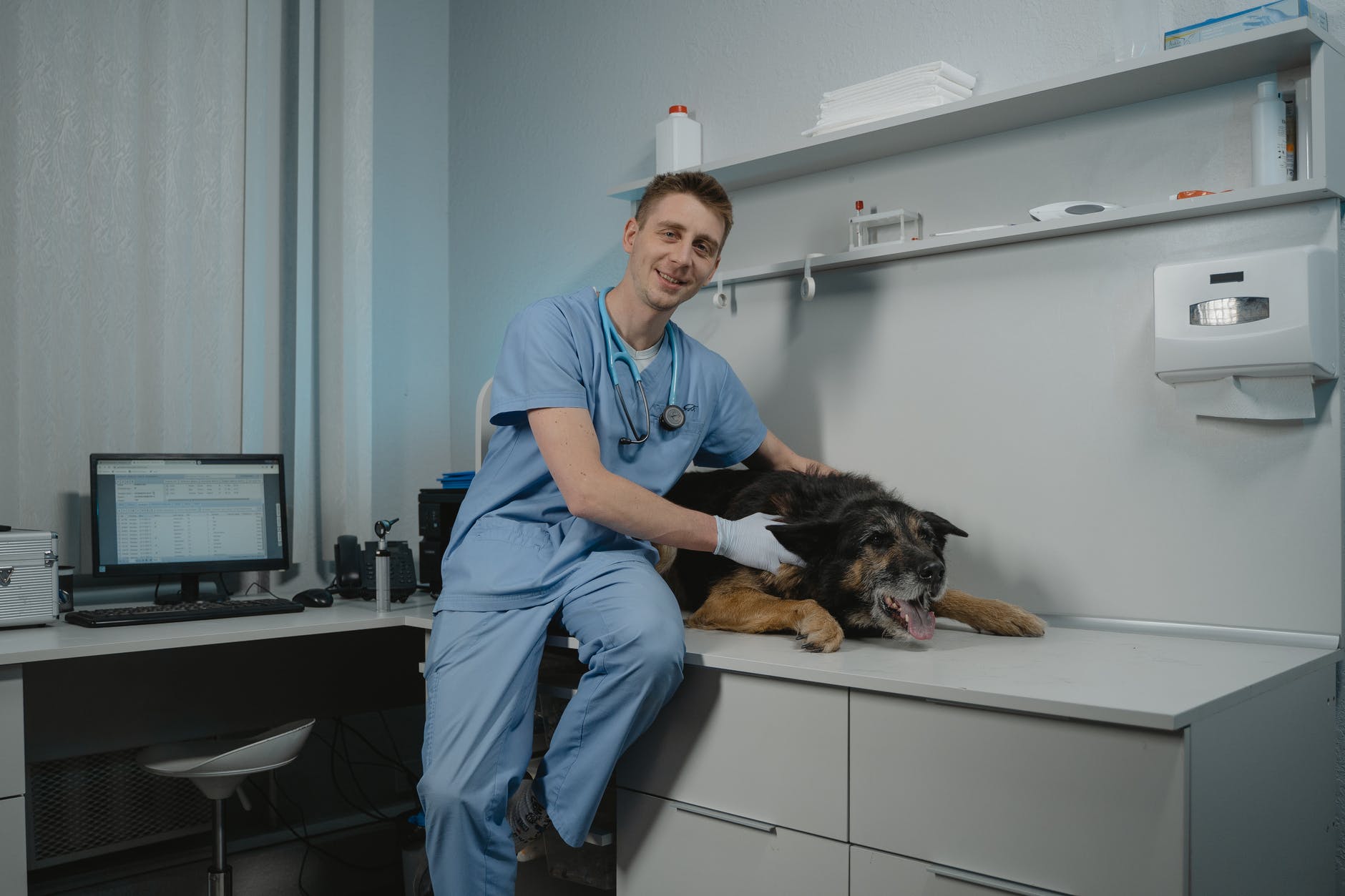It doesn’t matter if it’s extensive dog bone surgery or regular neutering, as knowing your pet needs surgical treatment can already be worrying and upsetting for anyone. Every pet owner wants their furry babies to be cared for by experienced, knowledgeable, and proficient surgeons. However, you must remember a few things before taking your pet in for surgery. Let’s discuss how you should prepare your furry companion for a successful surgery.
Pre-Surgery Care Tips for Dogs
Whether your furry companion is scheduled for complicated orthopedic surgery or a simple spay and neuter, you might get worried and do everything possible to guarantee your dog’s surgical treatment goes efficiently and hassle-free. This is why we’ve collected five pre-surgery care tips you should do to ease your worries and confidently take in your canine on their surgery day.
1. Refrain from giving them food and water on the surgery day
An essential thing you must do the morning of your pet’s surgery is to guarantee they do not have access to water and food. This is because consuming and drinking may cause them to aspirate during anesthesia, which could be deadly. Many veterinarians have people drop their pets at their office in the morning for additional blood work, catheter positioning, and testing, so it is essential to get there at the time of the appointment.
2. Give your pet a bath on their surgery day
Once your pet gets admitted, an animal hospital that offers surgery services will administer sedatives and perform health check-ups to relax your pet. However, you can help the vet surgeon’s team by giving your furry friend a bath and bringing them clean because the pet’s surgery site will be clipped, sterilized, and cleaned before the surgical operation.
This will also help guarantee that the vet team doesn’t spend too much time cleaning the surgery site. Otherwise, your dog will be under anesthesia longer.
3. Make them a safe recovery area
When preparing your dog for surgery, it’s necessary to have a safe place ready for their healing when you get home. You can also utilize a large cage for your pet to stand and turn. Put comfortable blankets and padding so they don’t lay on a hard surface. When selecting a location for your pet to heal, place them in a place with limited traffic that can keep them less socially and physically active to ensure quick healing.
4. Ensure your pet’s vaccinations are up-to-date
Ensuring your dog’s core vaccines are up-to-date protects them and your entire neighborhood and family. This is why pet centers encourage all visiting pets to be up-to-date with their pet vaccinations. Pets that aren’t vaccinated are vulnerable to life-threatening pet diseases and can pass these conditions to their fellows and parents.
So when preparing your furry friend for surgery, take your pet in for a dog exam. This is to ensure your pet is healthy and qualified for the surgery they must take and for vets to know whether your pet should not proceed to surgery if there are conditions that might put their life at risk.
5. Train them with basic commands
If the surgery date is in a week or so, this is an excellent time to enhance your pet’s obedience skills. Some essential commands your pet needs to know are stand, sit, stay, and down. The stay command will be valuable after the surgical treatment if you need to momentarily leave your pet to prevent them from following you around your house.





